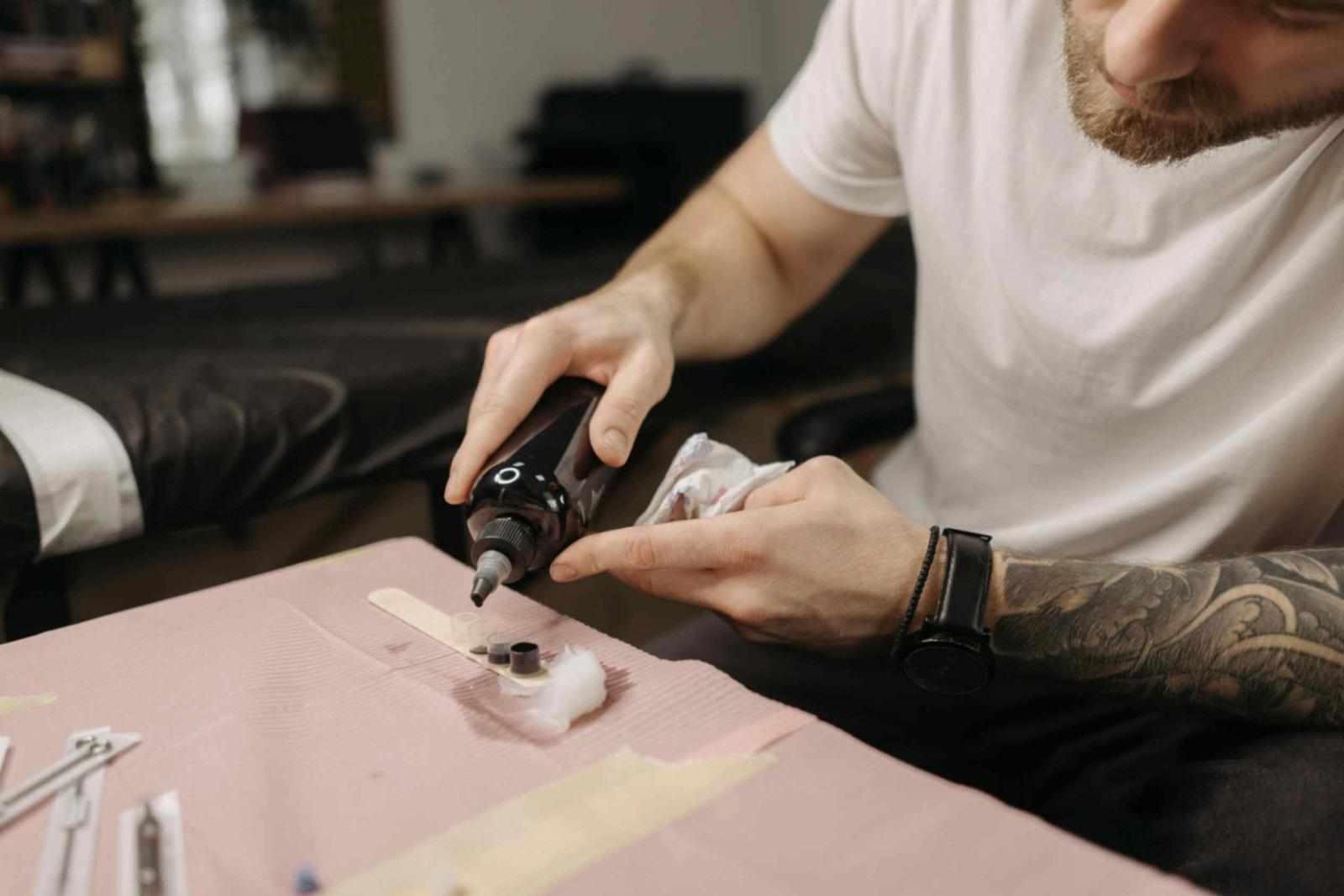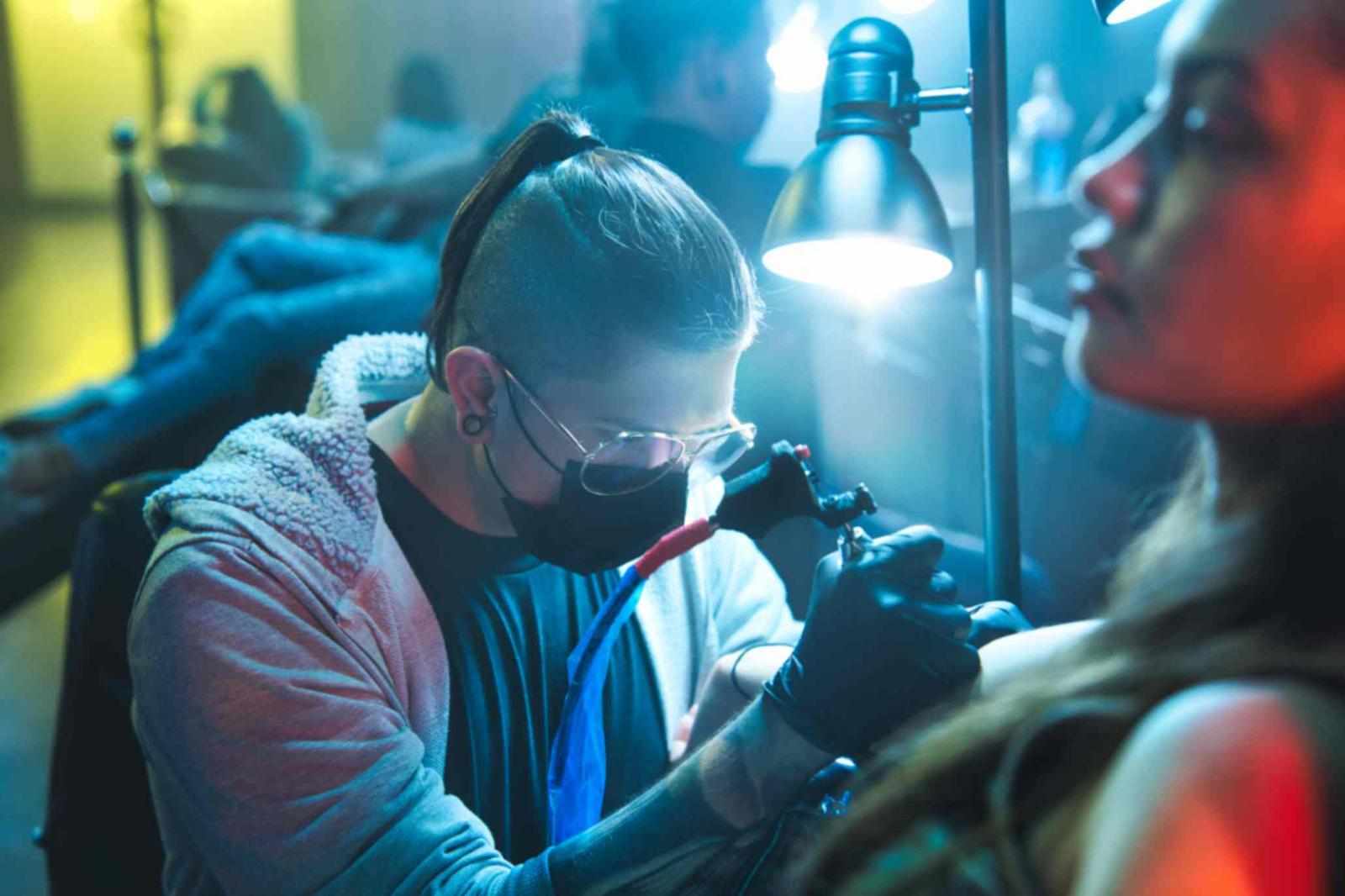
Getting a tattoo is more common than ever but so are questions around tattoo ink safe. With countless brands, colors, and formulations available, it’s fair to ask: what exactly is going under your skin?
Let’s break down how tattoo ink works, the real risks to be aware of, and how to choose a product that’s safe for your skin and long-term health.
Key Takeaways
Unsafe tattoo ink can cause allergies or poor healing.
Red and yellow pigments are more likely to trigger reactions.
Always choose certified, sealed, and trusted ink brands.
Ask for a patch test if you have sensitive skin.
What’s in Tattoo Ink?
Tattoo ink usually includes:
Pigments (responsible for color)
Carrier fluids like glycerin, ethanol, or water
Most safety concerns come from the pigments, especially when they include unregulated metals or synthetic dyes.
Want to know what kinds of pigments go into your ink? Learn the difference between organic and inorganic tattoo inks and how they impact safety, color, and longevity.
Risks Linked to Tattoo Ink
Not all inks meet the same safety standards. Some may include:
Heavy metals (nickel, lead, mercury)
Azo pigments (used in some cheap red/yellow inks)
Synthetic dyes banned in cosmetics but still used in tattooing
These can cause:
Allergic reactions, especially to red pigments
Long-term skin irritation
In rare cases, reactions after sun exposure or laser treatments
How to Spot Unsafe Reactions
Watch for:
Redness or swelling lasting beyond 48 to 72 hours
Rash, bumps, or burning only in colored areas
Fading or scarring after initial healing
These are signs of pigment incompatibility, especially in tattoos done with low-grade or unverified inks.
How to Make Safer Choices
You can lower your risk by choosing artists who use:
Trusted brands (Intenze, Eternal, World Famous, etc.)
Inks with FDA or EU-compliant certifications
Bottles that are sealed and sterile
Inks free of animal-derived ingredients or harmful metals
Allergy Testing & Extra Precautions
If you’ve ever had skin reactions to cosmetics or metals, ask your artist about a patch test. A small sample of ink is applied before the full session to see how your skin responds.
This is especially recommended if you’re going for bold red or yellow shades, both known to cause the most reactions.
A Tattoo That Heals Well Starts with Safe Ink
Your tattoo’s outcome isn’t just about the art it’s about the chemistry. Safer ink = better healing, less regret. That’s why it’s worth asking what goes into the bottle before the needle even touches your skin.


Write a comment ...